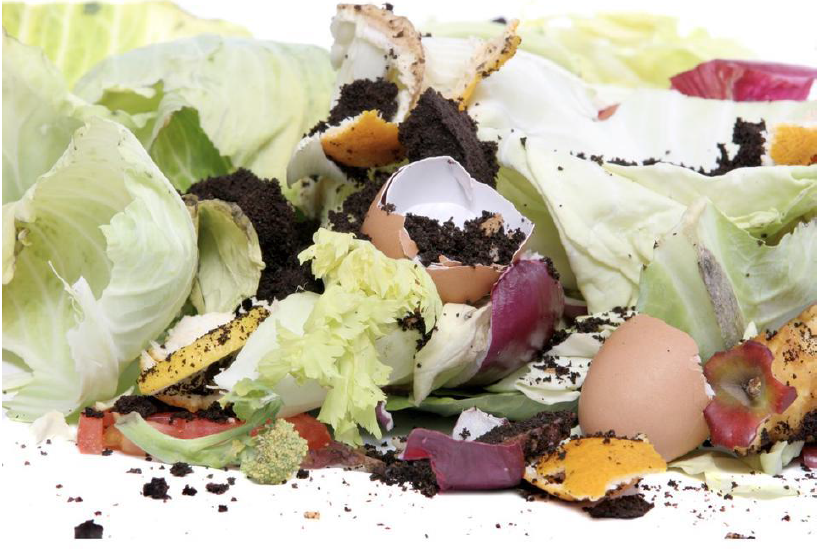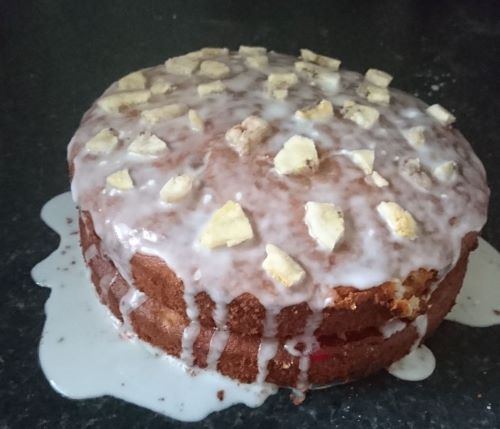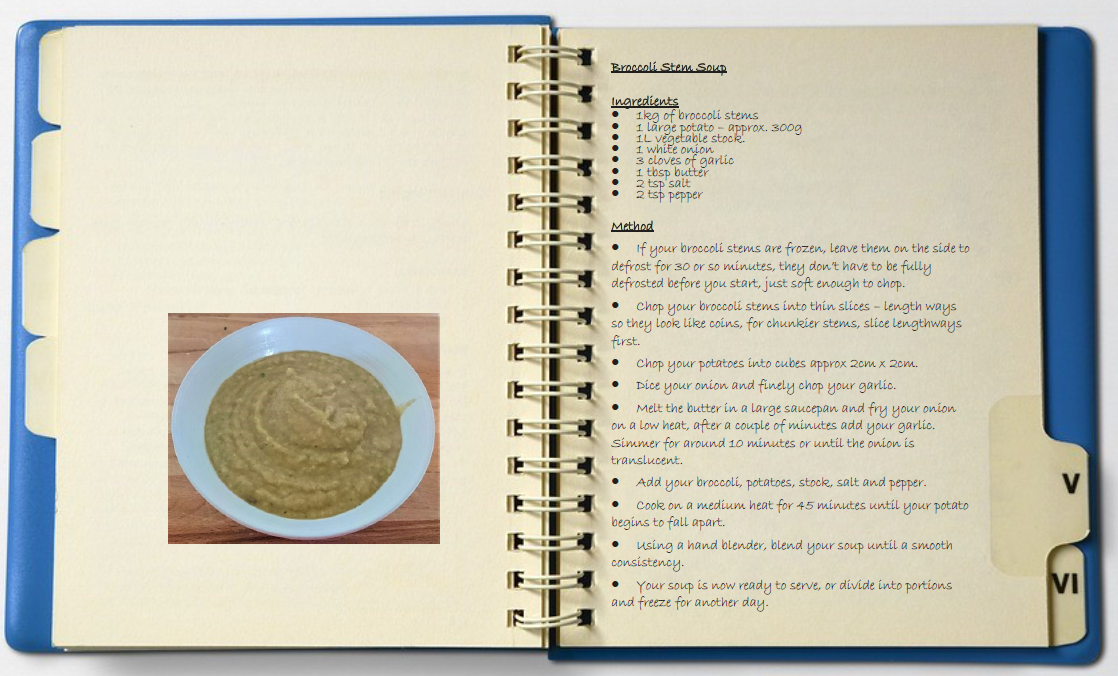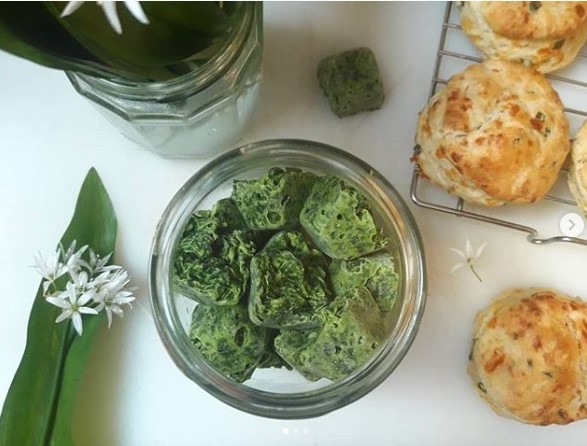How to be sustainable during lock-down. Part 1 – food waste
During these uncertain times we are all spending a lot more time at home and many people may have noticed that they have seen an increase in their household rubbish.
Around 7 million tonnes of food is thrown away by households in the UK every year, and most of it could have been eaten.
With extra time on our hands this is a perfect opportunity to look into how we can be more sustainable within our own homes, reduce the amount we send to landfill and save a penny or two in the process!

Firstly, lets look at food waste. It has been horrifying to see the amount of food waste created following people panic buying. So, the first tip is really simple – don’t buy more than you need. It can be tempting to buy extra, especially when the shelves are getting bare, but if you don’t need it, don’t buy it. Accidents happen, sometimes we buy an extra courgette, or there is no loose veg left so you have to resort to buying a packet of three when you only needed two. That is ok!
The important thing is what you choose to do with your excess. Firstly, you can donate it to someone who will eat it, such as a food bank or a neighbour. If there is nowhere in your area which can take fresh produce, you have three choices – adapt a recipe to include it, try something new, or preserve.
Adapting recipes: this is something I do all the time, as someone who generally will not buy vegetables in plastic I have adapted many recipes to use veggies I can get plastic free. For example, a mixed vegetable pasta, curry, or stir fry could have many different vegetables substituted.
Trying something new: if you are really organised and have meal planned for the week, you could always try making cake for desert. Courgette cake is surprisingly nice, it honestly does not taste of courgette. You could give carrot cake a go if you have too many carrots, and who doesn’t love banana bread? Many vegetables can also be sliced finely and oven roasted on a low temperature to make yummy homemade crisps.

Preserving: some vegetables do well frozen, simply chop them, put them in a bag (preferably something reused such as a bread bag, or a reusable bag – we made our own cotton produce bags which work brilliantly). If it isn’t a vegetable which freezes well whilst raw, you can always cook extra, portion up and then freeze – your own homemade ready meal!
Finally, if freezer space is scarce or you simply don’t want to, you can dehydrate most fruits in your oven on a low temperature, and many vegetables can be pickled.

What to do with the offcuts? If you have a garden having a compost heap/bin is great – there are many guides and videos showing you how to make your own compost bin online. Another option is making soup from the parts of the vegetable which aren’t quite as nice – such as broccoli stems and cauliflower leaves. You can also make vegetable broth and vegetable stock from carrot ends, vegetable peal, onion skin etc. Freezing them into ice cube trays for use in soups or other meals later.

Making things from scratch can be time consuming, but whilst you have this extra time on your hands, there couldn’t be a better time to learn. Making things like wraps is fairly simple with just flour, water, and oil. I usually spend five minutes to making the mixture, leave them to prove for an hour and then spend up to half an hour cooking them depending how many I make. Again, this is something you can find plenty of recipes for online.
There are many other recipes which you can use to reduce your food waste and many are very simple. Hummus takes a matter of minutes to make, and also freezes well so you can make in larger batches and defrost when needed. Homemade tortilla chips are delicious and once you have made your own wraps are extremely simple to make. An added bonus being you can decide what goes in them – for example reduced salt, or added paprika.
Buying your food from local shops where possible will not only reduce the carbon emissions of your food, but will also support a local business. Local farm shops are usually more environmentally friendly due to having locally grown produce, and less packaging.
To help you on your food journey we’ve linked a few websites. Next weeks sustainability blog will discuss how to re-purpose every day objects around the home.
Amy Bastow
Visitor Centre Assistant
Help protect Scotland’s wildlife
Our work to save Scotland’s wildlife is made possible thanks to the generosity of our members and supporters.
Join today from just £3 a month to help protect the species you love.
Preface
During these uncertain times we are all spending a lot more time at home and many people may have noticed that they have seen an increase in their household …
